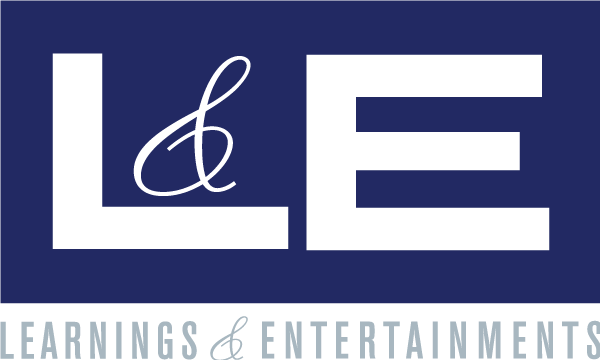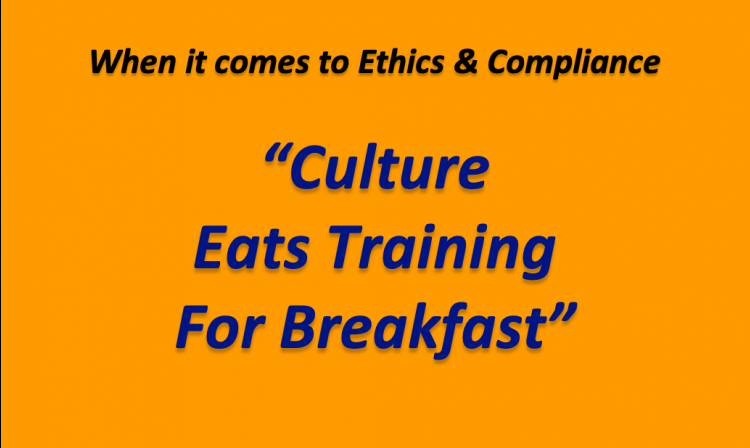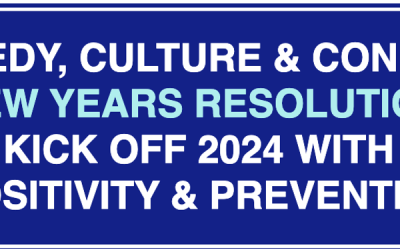I recently read Ricardo Pellafone’s interview with Hui Chen, the U.S. Department of Justice’s Compliance Counsel Expert from 2015-2017, about what the DOJ looks for in a compliance program. What it tells us is that most compliance programs focus on the wrong things. The typical E&C program approach is backwards!
😯 🤔
Ethics & Compliance typically uses annual mandatory training as a foundational element of their program and a significant amount of time and budget is spent on this. The thinking is that if you had to go in front of a prosecutor to defend your program you can say, “see…we trained everybody” which sounds like a good defense. It’s also the simplest thing to do…buy some cheap (or not so cheap), check-the-box, bloated, boring e-learning or create a PowerPoint deck filled with regulations and make everyone read it (they won’t) and certify that they took it.
There seems to be some sense that the DOJ wants to see a statistic that says that everyone received training and passed a test. Most of the training vendors have been peddling this myth for years…the tracking and the measurement of the training so your program has a proper defense. This type of approach is all about CYA…and it’s flawed. Why? Because it has very little to do with actually changing behavior and preventing problems from occurring in the first place. The CYA approach works backwards from what you think the DOJ would want to see versus working forward to actually address the problem in a thoughtful way.
According to Hui Chen, The DOJ doesn’t look for these training activity metrics.
- There is no minimum amount of training
- There is no minimum length of training
- There are no specific completion rates required
- There are no obligatory training courses
“No one is requiring compliance training for the sake of doing compliance training.”
The goal is to be able to explain why you thought the elements of your program would actually work to prevent the thing that got you in trouble. To be defensible to a prosecutor, your compliance training, communications and tools should be focused on
PREVENTION!
ETHICS & COMPLIANCE TRAINING:
Do we really think that the long, boring, e-learning module stating the policy along with a written scenario, coupled with bad stock photography and the voice over guy from “Ferris Bueller’s Day Off” is really preventing bad behavior?
All that is doing is creating a measurable training activity. Not only does it not influence a change in behavior, it wastes their time which makes them resentful. It’s bad PR for ethics & compliance. Remember, people don’t speak up to ask questions and report concerns when they are annoyed, apathetic or afraid. This kind of training approach exacerbates the problem. Employees don’t learn and they won’t reach out to you for help.
INFLUENCING BEHAVIOR:
“Culture Eats Training for Breakfast”
If you’ve followed our articles, podcasts, presentations and blogs in the past you know that the behavioral science tells us that people are highly influenced by their environment. Ethics, Compliance & Speaking Up…Winning & Losing the Culture War. Knowledge and understanding, i.e. you learned something or know something, does not necessarily mean that you’ll act on it correctly and do “the right thing.” We need to look at things that influence behavior. This means asking these kinds of questions.
- Do employees trust leadership?
- Do they believe there will be organizational justice if something happens?
- Do they trust the “Speak Up” channels?
- Do they trust Ethics & Compliance?

- Do they know you are trying to help them or do they think of you as the finger-wagger, the speed bump and the office of “no?”
These factors have a far greater impact on behavior than the trackable training that most of us are spending the bulk of our time and budget on. If we want to focus on prevention, then we need to influence these factors.
INFLUENCING CULTURE ACTION ITEMS:
Shifting corporate culture requires an everyday, ongoing, long-term approach. You can’t change attitudes and behaviors overnight. To win hearts and minds you can do the following.
- Advertise the importance of Speaking Up as often as possible.
-Don’t be boring or they will tune you out.
-Don’t be too preachy or they will roll their eyes.
-Don’t be too scary or it will drive bad behavior underground.
- Advertise E&C as helpful advisors and coaches.
-E&C needs to fundamentally change how people think about the role.
-Employees need to know that’ you’ve got there back.
- Help leaders carry the message forward.
-Leaders have a huge influence on behavior.
-Train them. Give them tools and resources.
-Get them involved so they own the problem.
- Share real stories about ethical dilemmas and what happened as a result.
-Get leaders to share their stories.
-Unpack the mechanics of the Speak Up process to demystify it.
-Help get people comfortable with talking about these tough subjects.
-This helps build trust.
- Be interesting, engaging and yes, even entertaining!
-If you want others (leaders) to help carry the message forward and you want corporate comms to provide access to more training and comms channels, so you can increase your presence, and you want people to pay attention, engage and remember, i.e. you don’t want message fatigue…then you need to vary the delivery and packaging of the message so that it’s interesting, engaging and memorable.
MEASURING & TRACKING:
The goal is to build a program that mitigates risk based on prevention and to show how the things that you are doing help prevent problems from occurring. That is what is defensible. This may include doing annual Code training. It also should include things like tracking:
- Speak Up reporting numbers and how that change over time…through the hotline as well as through other reporting channels.
- Measuring knowledge disconnected from when the information was provided.
- Click-through rates, i.e. how many people have accessed the Code, the policy portal, the E&C page, and the like.
- Surveys, Surveys, Survey!
- Are employees aware of E&C resources and where to find them?
-
- Do employees trust their immediate manager?
- Do they trust senior leadership?
- Do they trust ethics & compliance?
- Do they trust the speak up resources?
- How likely will they be to speak up to report bad behavior under different circumstances?
- Do they believe that bad behavior will be dealt with fairly and justly?
-
These are the kinds of things that get us closer to understanding the Culture, i.e. the things that actually make a difference.
The thing I love about the ethics and compliance community is the genuine desire to help improve our organizations and change things for the better. So let’s remember not to do things just to do them. That doesn’t help anybody. And it won’t help you with the DOJ either. Let’s spend our time and resources on influencing the culture, with a focus on positive, proactive communication and awareness and providing tools and resources to leaders. The best defense is a focus on prevention.





